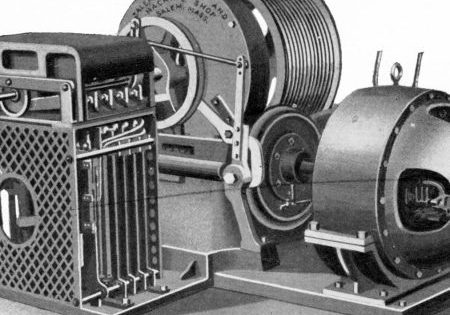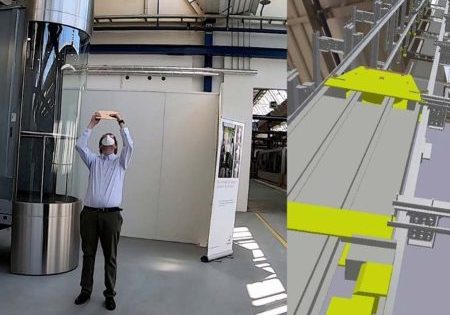A Four-Step Method for Dealing With Difficult Employees
Nov 1, 2022

“You cannot escape the responsibility of tomorrow by evading it today.”
– Abraham Lincoln
Companies invest significant resources in hiring the best talent for their business. These strategies include employing effective screening processes to identify a bad hire early on. Despite these efforts, there will always be an occasional bad hire. If you have ever worked with or managed a difficult employee, this article will provide a blueprint for how to deal with them.
What Is a Difficult Employee?
Indeed.com, a leading employment job board platform, describes a difficult employee as a person who acts in a careless, unprofessional or irresponsible manner in the workplace. Difficult employees may challenge the authority of their leaders, create a negative or disruptive work environment for their peers or struggle to meet personal performance expectations.
Exhibit A
I recall one employee who worked as a dispatcher for an elevator service provider. To protect this employees privacy, I will refer to him as “PCS,” short for “Poor Customer Service.” PCS had been working for the company for five years. The dispatch manager received numerous complaints about PCS’s work habits. PCS’s standard default for handling customer complaints was to provide excuses to the customer for why the technician was late to the service call. When the customer requested an ETA for when a tech would arrive to service their elevator, PCS responded by telling the customer that an ETA for their service call could not be provided, and the technician would arrive when he arrived.
PCS consistently arrived late to work and could not be relied upon by his co-workers. PCS displayed a lack of concern for his co-workers and certainly did not see the importance of providing outstanding service to the customers. On a more serious matter, PCS failed to dispatch a service tech for an elevator entrapment call. The other employees began to question why PCS had not already been fired. There was no doubt that PCS’s work performance fit the profile of a difficult employee.
I was asked by the dispatch manager to assist in helping to address the concerns with PCS’s work performance. One of the first questions I asked the dispatch manager was whether anyone had ever confronted PCS about his unacceptable behaviors. The answer was “No.” Then I asked, “Why?” The response was, “We thought if we just ignored it, his behavior would improve.” As crazy of a response as this may seem, I was not surprised. In my experience, I have discovered that managers, in general, do not like conflict and would rather ignore performance issues rather address the situation right away.
Difficult employees may challenge the authority of their leaders, create a negative or disruptive work environment for their peers or struggle to meet personal performance expectations.
The PIRA Method
I spent the next several weeks training the dispatch manager on a four-step method I have used to coach difficult — as well as underperforming — employees. I refer to this method as the PIRA method. It entails you:
- State the Problem.
- Explain the Impact of the employee’s behavior.
- Request a specific behavioral change.
- Close by getting an Agreement from the employee.
I met with PCS and the dispatch manager to conduct a coaching session, and we utilized the PIRA method. We informed PCS that we had received numerous complaints about his work performance from his co-workers and from the customers. We notified him that the way he interacted with customers was unprofessional and that his conduct was a problem. We informed him that his conduct negatively impacted his co-workers, especially his continued tardiness. We requested him to immediately change his approach to handling customer calls and inquiries, and reminded him that his continued employment with the company was 100% dependent on how successful he was at making a change. Lastly, we asked him for his agreement and to attend customer service training as a condition of maintaining his position with the company.
The meeting went much better than the dispatch manager expected. When I followed up 30 days later, I was informed PCS’s performance in the areas of customer service and attendance had significantly improved.
Studies have shown that underperforming employees can decrease overall company productivity by 40%.
When a difficult employee is identified in the company, resist the temptation to ignore the situation. By addressing the situation right away, there are only two possible outcomes. The employee will agree to make a change and improve, or the company needs to immediately work to remove the employee from the company. Studies have shown that underperforming employees can decrease overall company productivity by 40%. The next time you are faced with having to address a difficult employee, utilize the PIRA method to create a pathway toward improving the employee’s performance. Be bold and address the employee’s performance concerns right away.
Get more of Elevator World. Sign up for our free e-newsletter.









